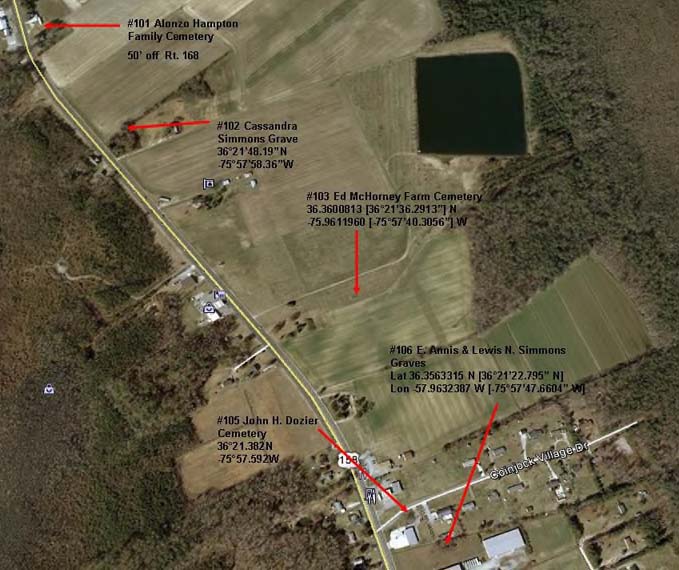
Documenting Graves in Difficult Locations
Patrick A.
Patterson - November 2013
I. Preparation
a. Get a good description of the suspected grave site, if possible
b. Conduct search of relevant land records at the county clerk’s office, if the owner is known or exact location is known
c. Conduct Google Earth survey of the suspected area looking for current landmarks

I import Google Earth images into Microsoft PowerPoint Presentation and add identifying data, arrows, and descriptive data and then save as a .JPG image. This is very useful in the field to identify landmarks that will help you locate a particular cemetery or grave.
d. Interview landowners, neighbors or residents in the area
e. Conduct research of the county burial records if available
f. Conduct on-line genealogy search of databases for the deceased family or name
g. Contact local history or genealogical societies that may have grave registration information
II. On-line tax record
a. Once the location is determined, most counties have online maps of the tax plats which will provide the name of the property owner and usually an exact GPS location.
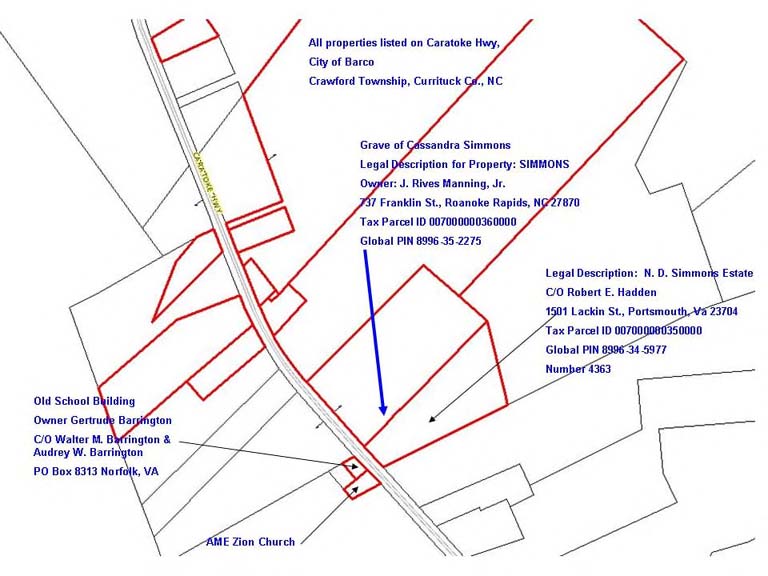
Again, I use Microsoft PowerPoint Presentation to edit an on-line tax map showing locations, plats, and owner information. I then save the image as a .JPG for later use.
III. Field equipment
a. Obtain a small container or tool box to carry assorted tools that are useful in surveying graves. The can be obtained in Home Depot or Lowe’s or any hardware store.
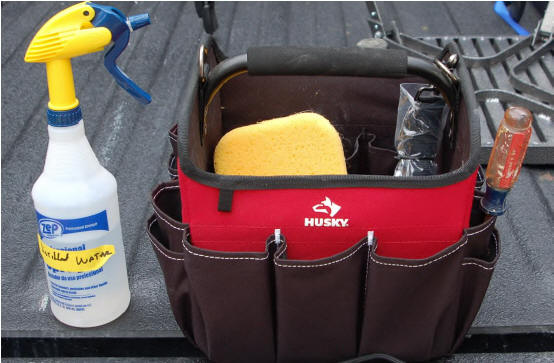
It is always a good idea to take along a few bottles of distilled water for cleaning the face of gravestones or washing off chalk you have used to highlight letters on a stone.
i. Small survey flags
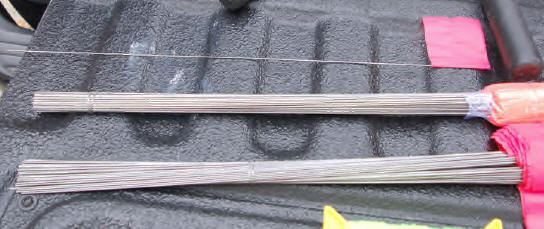
These are very useful in identifying graves in tall grass or outlining a suspected grave site. It can also be used in urban cemeteries to identify which lines of graves you are photographing.
ii. Assorted size dowels that have been sharpened
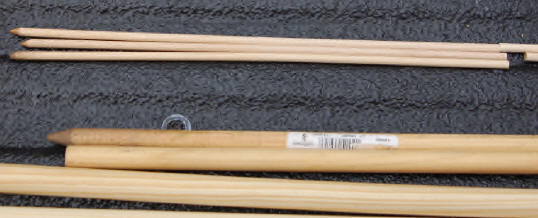
Small dowels can be used for removing dirt and debris from letters on gravestones for easier reading. Care should be taken to not damage the stone in any way.
iii. Assorted sized brushes
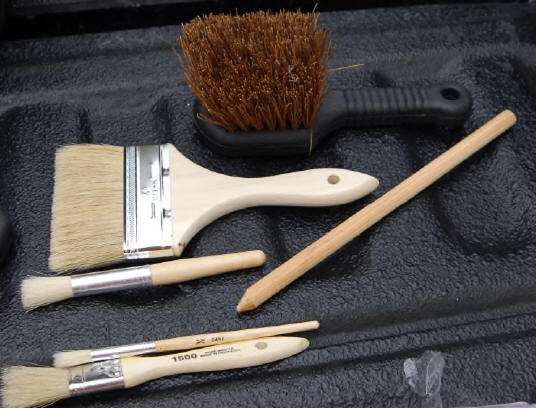
Soft brushes are always useful in removing sand or soil from letters on horizontal stones. Again, care should be taken not to damage the stone in any way.
iv. Large chalk sticks
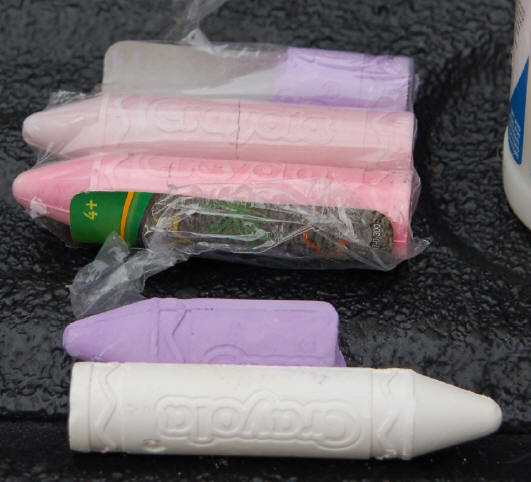
I use large chalk or construction chalk to rub over hard to read stones. This will highlight the writing for photographing while not damaging the stone in any way. The chalk can be washed off very easily with water and does not alter the stone in any way.
v. Hand trimmers for cutting vines and grass around stones
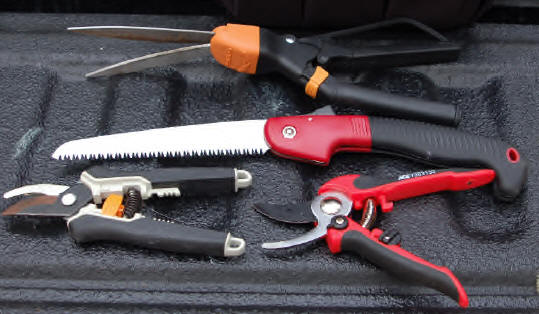
vi. Heaver trimmers for cutting branches, small trees or vines up to 2”
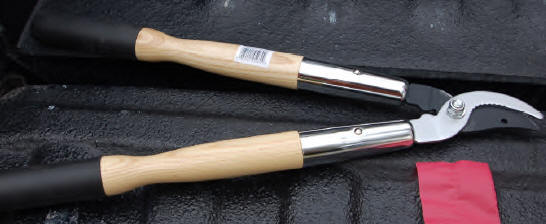
vii. Brightly colored string on spindle
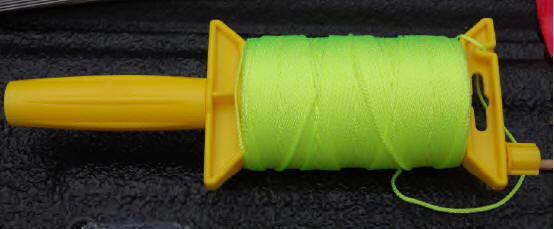
This type of string can be used to identify areas that have been searched to prevent going over the same ground while searching for graves in foliaged areas. It is also useful in well developed cemeteries to keep you on line while photographing a row of stones.
viii. 15/16th inch sharpened round dowels for probing soil

This type of probe can be used to locate fallen stones that have been covered by soil or debris. It can also be useful in located suspected graves because of the different density of the soil.
ix. Spray bottles for distilled water and cleaning mixture [photo seen III, a above]
x. Sickle on long handle for clearing underbrush
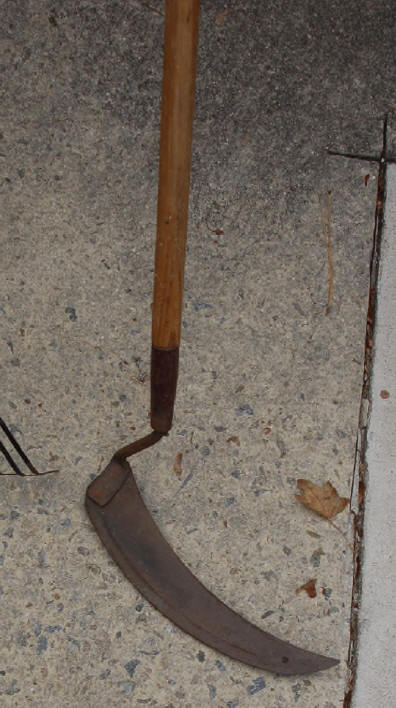
xi. Wet & Forget Cleaner
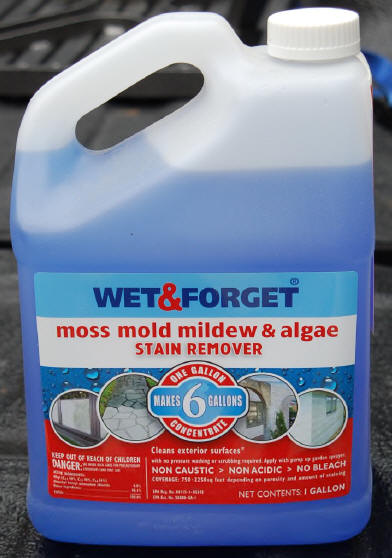
Wet & Forget is a wonderful product for removing mold, mildew, and lichens from gravestones. I usually dilute it 50/50 with distilled water. Simply spray it on the stone where you want to remove unwanted debris and let set for several days or a week. Go back and spray again for stubborn stains. After a time the stains and debris will completely disappear. This product will not harm the stone and has the same ph as water.
xii. ULTRATHON insect repellent [with Permethrin] for clothing and gear [not suitable for on skin use and is toxic to cats]. Spray on boots, pant legs, exterior clothing, and let dry.
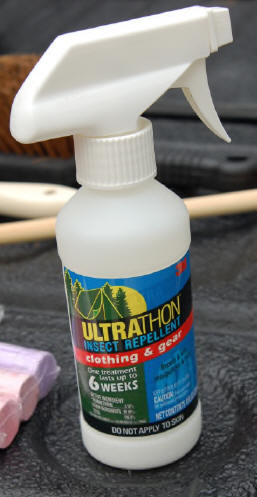
xiii. Insect repellant for skin with DEET
xiv. A good clipboard with paper and pencils
An easy package to take into the field
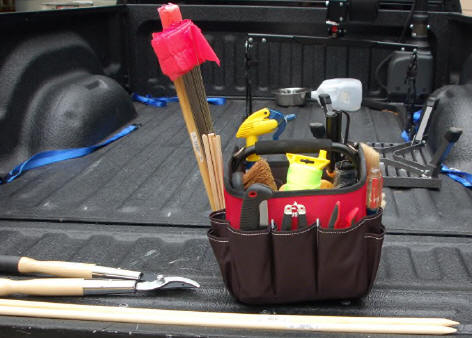
IV. Camera gear.
a. 35 mm SLR camera with 24-120 mm lens with built in flash is preferable but any digital camera with a good lens will do. Even the smaller “point and shoot’ cameras are suitable for taking cemetery photographs of good quality.
b. Hot shoe auxiliary flash unit
c. Detachable close up flash unit with removable flash head
d. Tripod
e. Exterior reflectors
f. An iPhone or iPad will take very good photographs in the field
GPS Locators
g. iPhone or iPad application with GPS readout such as “Where Am I” will give you an exact location that can be recorded for a grave or cemetery.
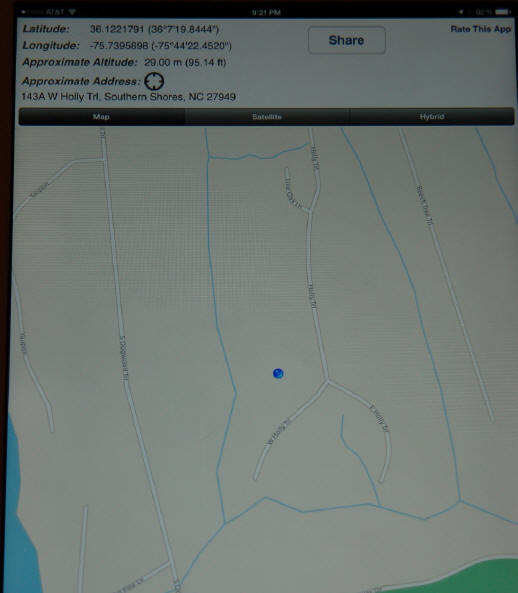
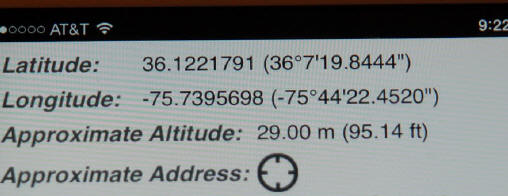
V. Surveying the grave site
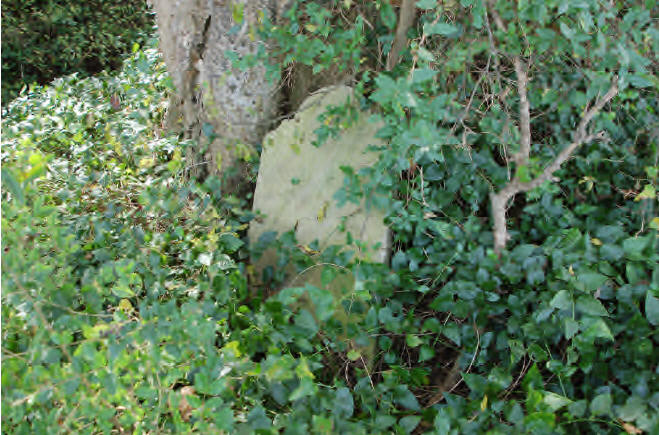
This photograph demonstrates the difficulty in finding graves in rural and wooded areas. I walked right past this stone the first time and never saw it. It wasn’t until I was probing the ground around this tree that I finally found this grave from 1871.
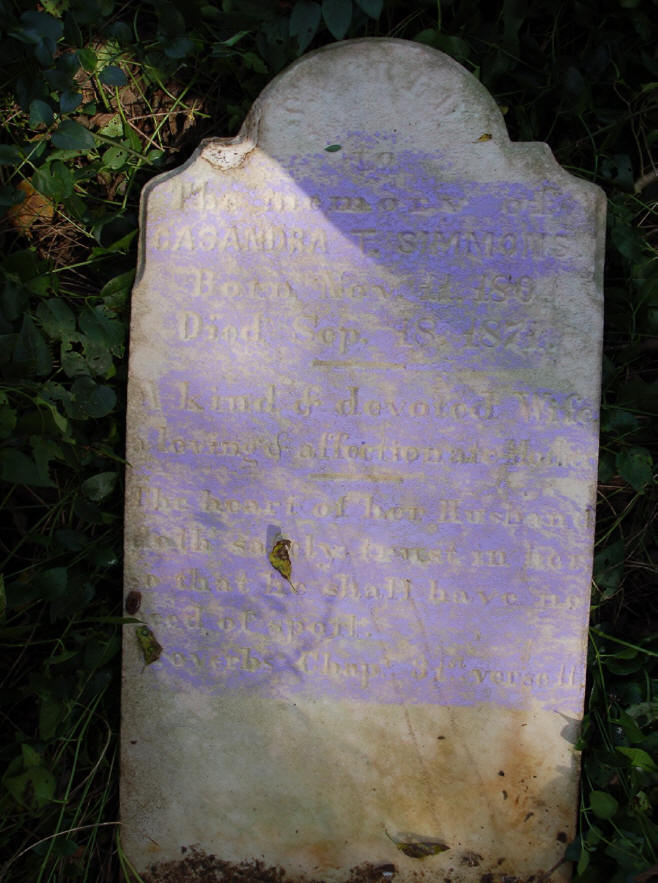
Chalk is used to highlight the letters on a stone to make it more readable and easier to photograph. This stone was on its face and had to be moved to find the inscription. I use dowels to probe the ground where I might find graves in an attempt to locate stones that have fallen and are covered by debris.
Sometimes it is necessary to us a sickle to remove ground cover in order to finally visualize the stones and map the cemetery.
VI. The primary objective in surveying cemeteries or individual graves is to document the stone information and exact location of the grave. While doing this it is vitally important not to harm or further degrade a stone while conducting the survey. Bleach or harsh detergents can totally destroy certain type of stones and should never be used. Wet & Forget product is the best for gradually cleaning a stone and has almost the exact ph as water. The bottom line is “Do No Harm”.